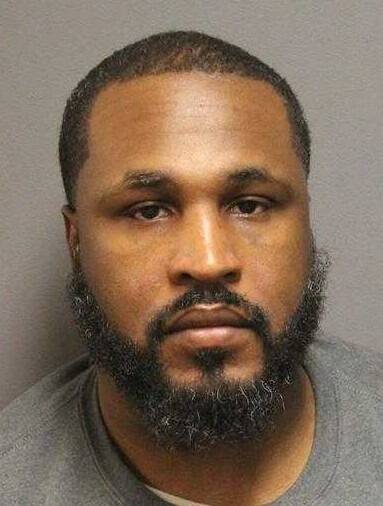Evidence found in Anthony Dion Shaw's vehicle and New Jersey apartment is being challenged again, as it was obtained without a search warrant.
47-year-old Shaw, residing in East Orange, N.J., was found guilty by Luzerne County President Judge Michael T. Vough after a non-jury trial last month for the stabbing death of 39-year-old Cindy Lou Ashton in May 2018.
Shaw, who was convicted of first-degree murder, was given a life sentence without parole.
In the appeal filed by Shaw’s lawyer, David V. Lampman II, there are doubts about the evidence presented by First Assistant District Attorney Anthony Ross and assistant district attorneys Brian Coleman and Gerry Scott.
Lampman, in the appeal submitted to the Pennsylvania Superior Court, argues that the Superior Court and Vough made mistakes by holding a second suppression hearing.
During a welfare check on Shaw on May 4, 2018, the East Orange police entered his apartment and discovered him with self-inflicted slash wounds to his neck. While inside the apartment, an officer found and seized three blood-covered knives and a hand-written letter to Ashton’s family.
Following two suppression hearings in 2019, Vough initially prohibited the use of the knives and notebook, stating that the East Orange police had seized the items without a search warrant.
This ruling was a setback for the prosecution.
Prosecutors appealed to the Superior Court, which instructed Vough to hold an additional suppression hearing to determine if the knives and letter would have been found as part of the investigation, known as the inevitable discovery doctrine.
After another suppression hearing, Vough reversed his decision and allowed prosecutors to use the knives and letter during the trial.
A forensic scientist from the Pennsylvania State Police Criminal Laboratory testified that the knife found in Shaw’s apartment contained DNA evidence of both Ashton and Shaw.
Shaw chose to have a non-jury trial and did not object to Vough presiding over the trial.
Lampman provided 10 grounds for the appeal, with most centering around the argument that the evidence found in Shaw’s apartment should have been excluded.
Throughout the two-day trial, Lampman consistently objected to the evidence found in Shaw’s apartment and vehicle.



